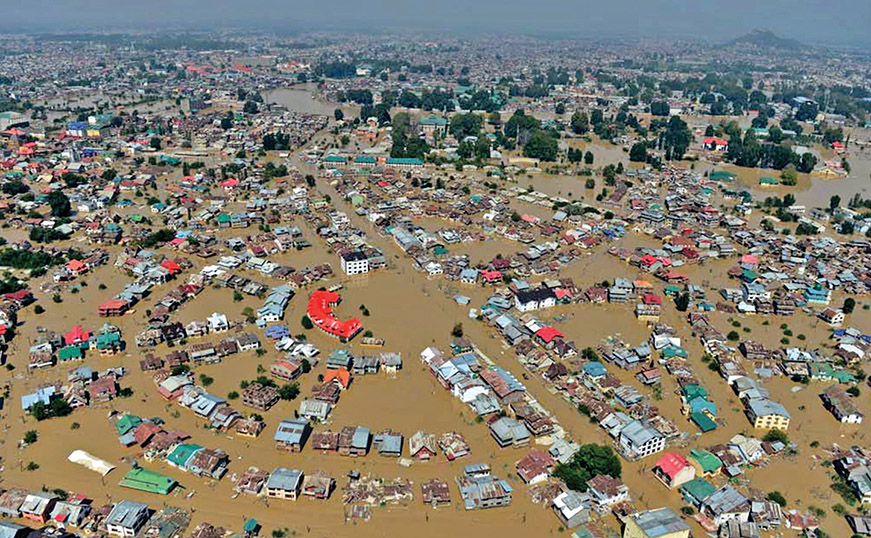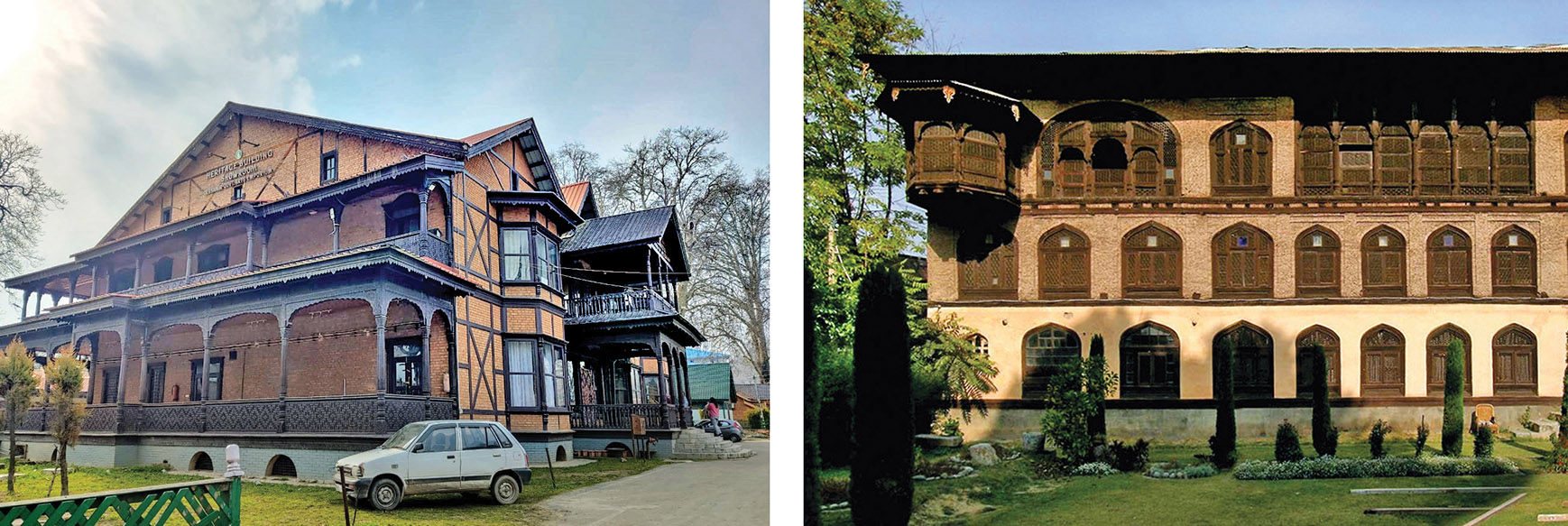| heritage, vernacular architecture & environment
CULTURAL REJUVENATION OF TANGIBLE AND INTANGIBLE HERITAGE
In Conversation with Mohammad Saleem Beg
LA 72 |
|
| With public service of more than three decades in the field of heritage, culture, and tourism, Mohammad Saleem Beg, Convener of the J&K Chapter of INTACH [Indian National Trust for Art and Cultural Heritage] has framed a diverse set of endeavors to promote the cause of local arts and crafts and raise awareness about Kashmir’s rich cultural heritage. They include Cultural resource mapping of Srinagar, listing, and documentation of its built heritage, and a Dossier to nominate Srinagar as one of the 100 most threatened heritage cities by the World Monument Fund [2008]. His efforts have further led to the designation of Srinagar as a part of the UNESCO Creative Cities Network [UCCN] in the fields of Crafts and Folk Arts in 2021.
|
|
 |
|
Srinagar and its growth
As we see the image of our city, nestled in the Himalayas, actually it is a mini civilization. Its natural assets include River Jehlum, about four canals, a large lake along with two smaller ones, historic gardens, and mountains all within a radius of five kilometers. Along side great legacy of intangible heritage - of arts and crafts, of music [of both kinds, temporal and sacred], and its cuisine, the architectural heritage of Kashmir has, with city as the nerve centre, developed under influences of various adjoining cultures and evolved its own vernacular style. Be it the unbroken array of vernacular buildings lining the Jhelum Riverfront on its high embankment wall or the vernacular houses blended with colonial architectural features in the city extensions – everything about traditional Kashmir architecture is singular and demonstrative of a shared legacy of built heritage of the larger sub-continental context and beyond. The city however has its vulnerabilities.
|
|


|
|

|
|
|
|
|